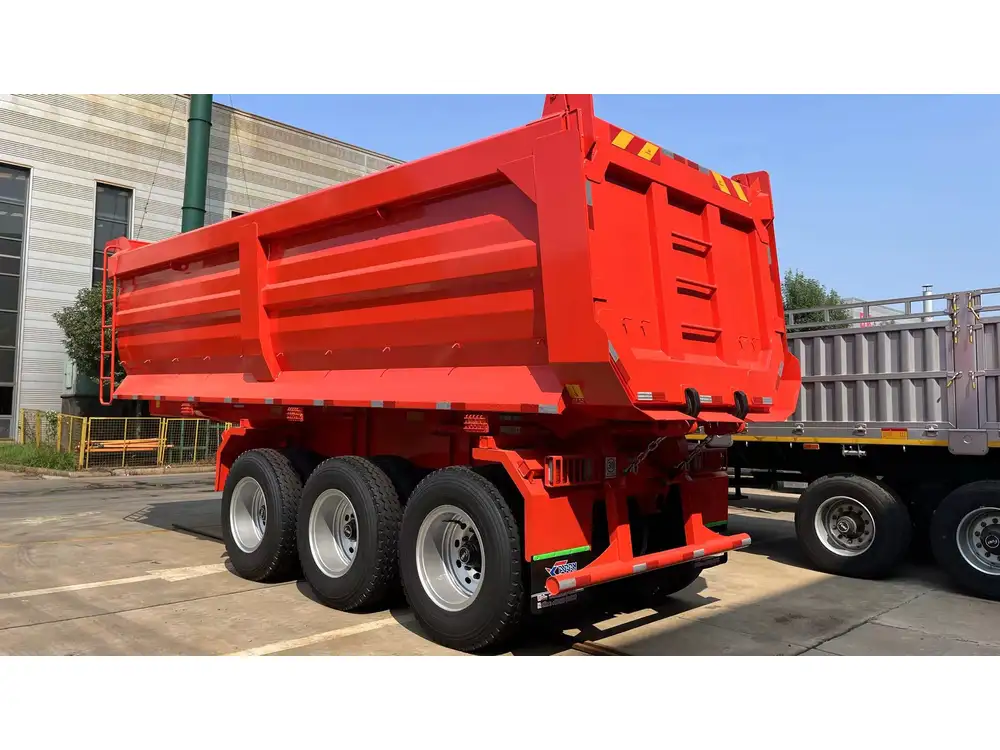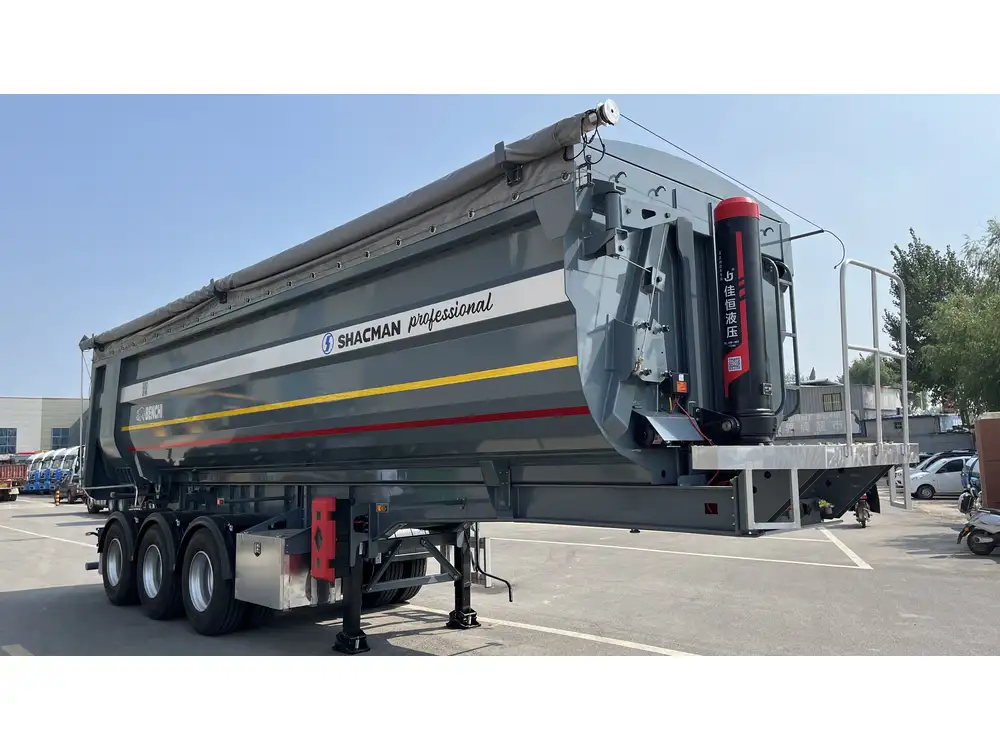When contemplating the logistics of transporting goods, one critical question arises: how many feet is a semi truck and trailer? This seemingly straightforward question holds profound implications for understanding industry standards, regulatory compliance, and operational efficiency. In this comprehensive guide, we’ll delve into the intricate details surrounding semi truck and trailer dimensions, clarifying specifications through structured information, insightful comparisons, and practical examples.
1. Understanding the Anatomy of a Semi Truck and Trailer
1.1 Components of a Semi Truck
A semi truck, often referred to as a tractor, is engineered to tow a semi-trailer. The dimensions of the semi truck can vary significantly depending on its design and purpose. Common components include:
- Cab: The front section where the driver sits, often approximately 10-15 feet long.
- Chassis: The frame that supports the truck’s engine, and other components, typically spans around 20-25 feet.
- Engine: The powerhouse, which can vary in size but contributes to the truck’s overall length.

1.2 Semi-Trailer Specifications
The trailer itself is the vessel that carries cargo. The dimensions of trailers differ based on the type—flatbed, dry van, refrigerated, etc. Most standard semi-trailers are around 53 feet in length.
1.3 Total Length Calculation
By combining the length of the truck and the trailer, we arrive at the total dimensions often encountered in the transportation industry. The average semi truck and trailer will measure between 60 to 75 feet in total length.
| Component | Average Length (Feet) |
|---|---|
| Semi Truck (Cab+Chassis) | 30-40 |
| Semi-Trailer | 53 |
| Total Length | 60-75 |
2. Legal Regulations on Size and Weight

2.1 Federal Regulations
The Federal Highway Administration (FHWA) governs the maximum allowable dimensions for semi trucks and trailers within the United States. Understanding these regulations is crucial for compliance and avoiding penalties:
- Maximum width: 8.5 feet
- Maximum height: generally 13.5 to 14.5 feet, depending on the state
- Maximum length: typically 60-65 feet for tractor-trailer combinations, with some states allowing up to 75 feet
2.2 State Regulations and Variations
States have unique regulations that can vary the legal dimensions of semi trucks and trailers. For example:
- California allows a maximum length of 85 feet for certain configurations.
- New York has a maximum length of 70 feet but can accommodate some exceptions.
| State | Max Length (Feet) | Max Width (Feet) | Max Height (Feet) |
|---|---|---|---|
| Federal | 65 | 8.5 | 13.5-14.5 |
| California | 85 | 8.5 | 14.0 |
| New York | 70 | 8.5 | 13.5 |
3. Importance of Knowing Dimensions

3.1 Impacts on Load Capacity
Understanding the dimensions of a semi truck and trailer is vital for calculating load capacity. A larger trailer can carry more cargo, but weight restrictions based on size and axle configuration also come into play.
3.2 Maneuverability Considerations
Longer vehicles present challenges in terms of maneuverability, especially in urban areas. A thorough comprehension of dimensions aids logistics managers in navigating routes and strategizing deliveries.
3.3 Compliance and Safety
Compliance with legal regulations ensures the safety of drivers, cargo, and other road users. In-depth knowledge of the minimum and maximum dimensions of semi trucks and trailers can prevent costly fines and accidents.

4. Breakdown of Semi Truck and Trailer Types
4.1 Dry Van Trailers
Dry van trailers are closed boxes that provide protection from weather elements. They are the standard choice for transporting pallets, boxed goods, and furniture, typically measuring 53 feet in length.
4.2 Flatbed Trailers
Flatbeds are versatile options ideal for transporting large or heavy goods. They have no sides or roof, which allows easy loading and unloading from any angle. The average flatbed trailer length is also around 48-53 feet.

4.3 Refrigerated Trailers
Reefers, or refrigerated trailers, maintain cargo at specific temperatures. These trailers are generally 53 feet long as well, but their additional cooling equipment adds weight.
| Trailer Type | Average Length (Feet) | Use Case |
|---|---|---|
| Dry Van | 53 | General freight |
| Flatbed | 48-53 | Construction materials, oversized goods |
| Refrigerated | 53 | Perishable goods |
5. Practical Considerations for Businesses
5.1 Route Planning
When engaging a semi truck for transportation, knowing the dimensions ensures that the selected routes are truck-friendly. Tall bridges, narrow roads, and weight-restricted routes must be considered.

5.2 Parking and Storage
Operational facilities need adequate space to accommodate trucks and trailers. It’s essential to account for not only the vehicle length but also the necessary room for maneuvering and parking.
5.3 Cost Implications
The size of a semi truck and trailer can directly impact operational costs. Larger trailers may require more fuel, incur higher tolls, and demand specific licensing.
6. Conclusion: A Comprehensive Overview
In answering the question, “how many feet is a semi truck and trailer?” it is evident that the average length spans approximately 60 to 75 feet, encompassing both components. However, understanding the nuances of dimensions extends far beyond mere numbers; it integrates legal compliance, logistical strategy, and safety measures into the operational framework of transportation.

Key Takeaways
- Average Total Length: 60 to 75 feet
- Legal Width: Max of 8.5 feet in most regions
- Height Limits: Usually between 13.5 to 14.5 feet
- Variability by State: Individual states can impose different regulations for height and length
This rich understanding not only benefits manufacturers and shippers but also enhances overall efficiency in the realm of logistics and transportation. Equip your fleet with this knowledge for improved compliance, safety, and operational success.



